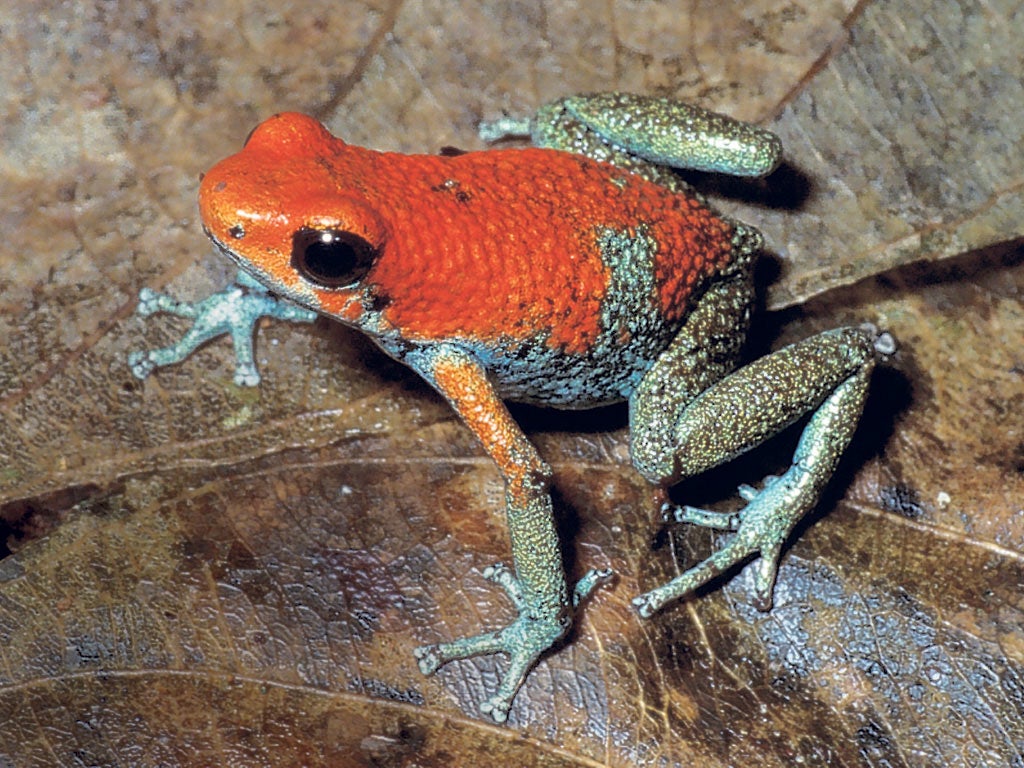Amphibians face faster demise from multiple threats

Many of the world's amphibians are likely to go extinct faster than expected because of a combination of environmental threats working in unison, a study has found.
Conservationists estimate that about a third of the estimated 6,000 amphibian species in existence – including frogs, toads, newts and salamanders – are currently threatened. The study estimates that climate change and habitat loss will combine to accelerate the rate at which species will disappear.
Scientists analysed the geographical spread of the main threats to amphibians and found that the richest regions in terms of biodiversity are also the ones that are under the greatest threat from climate change and the loss of habitats caused by changes to the way land is used. Instead of acting independently, climate change and habitat loss combined to hit amphibians particularly hard, making it very difficult for them to recover.
"We looked at three major threats to amphibians – climate change, land-use and fungal disease – and mapped the level of the threats on a global scale," said Professor Carsten Rahbek of Copenhagen University, who led the study published in the journal Nature.
"We found there is nowhere to go; nowhere to hide. The three threats cover the globe. We found that habitat destruction and climate change are additive effects and they go hand in hand," said Professor Rahbek.
"They also hit the places on Earth where there are the most species. Our assessment shows amphibian declines are likely to accelerate over the next decades, as multiple drivers of extinction could jeopardise their populations more than previous, mono-causal assessments have suggested."
Join our commenting forum
Join thought-provoking conversations, follow other Independent readers and see their replies
Comments
Bookmark popover
Removed from bookmarks